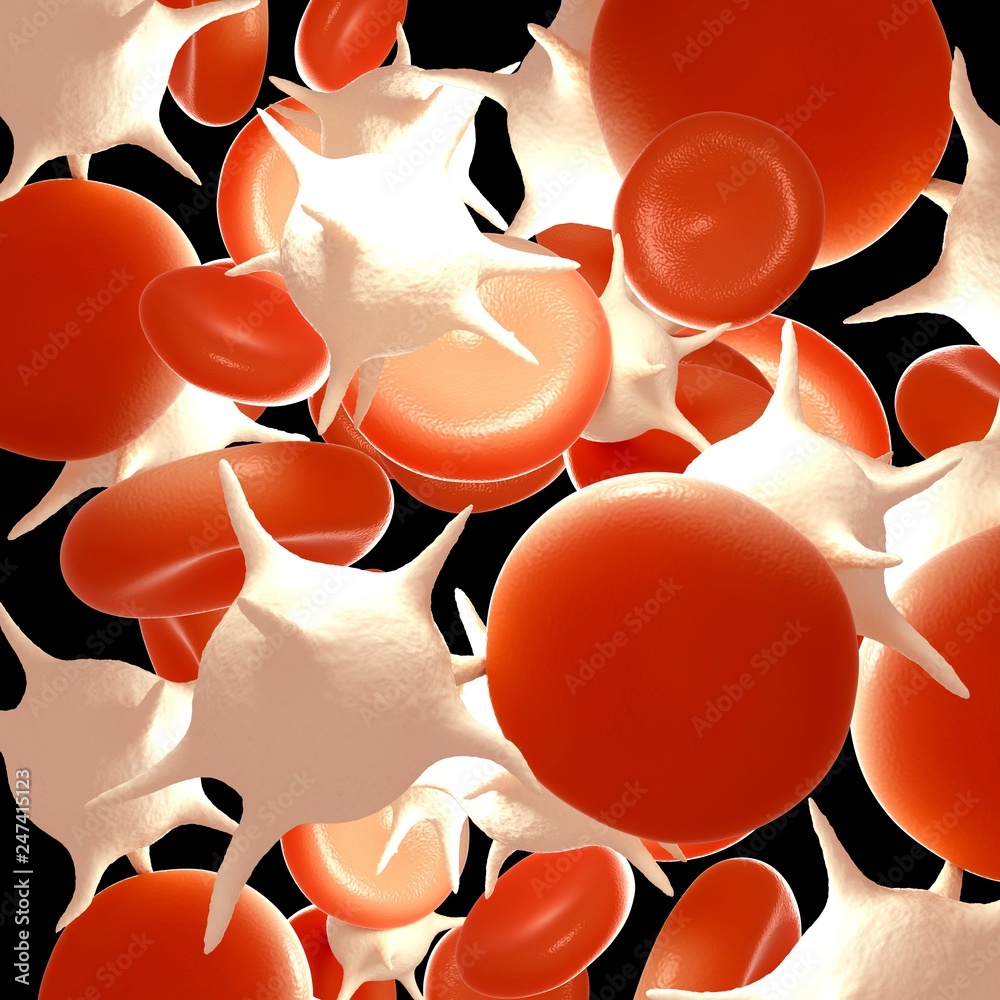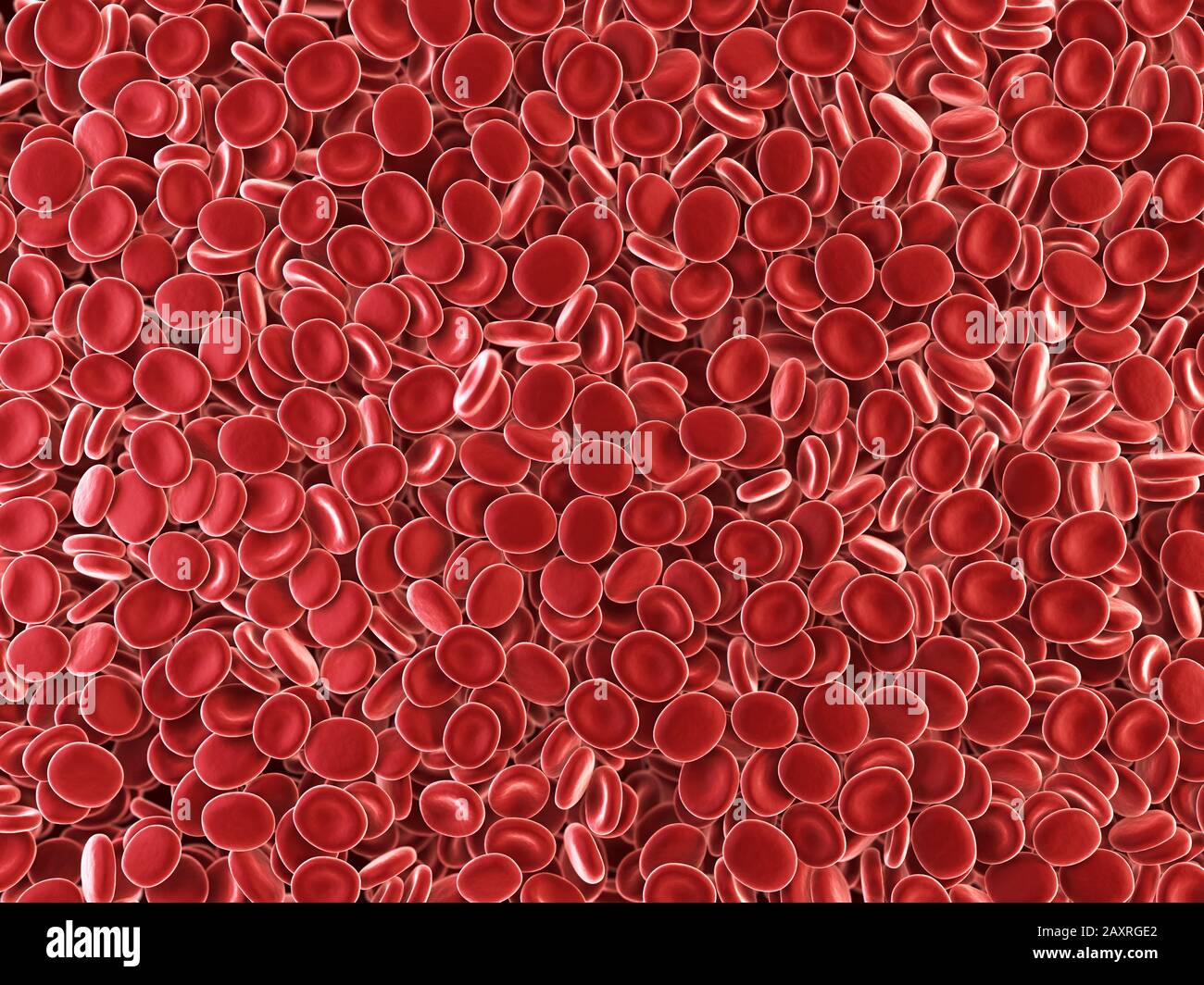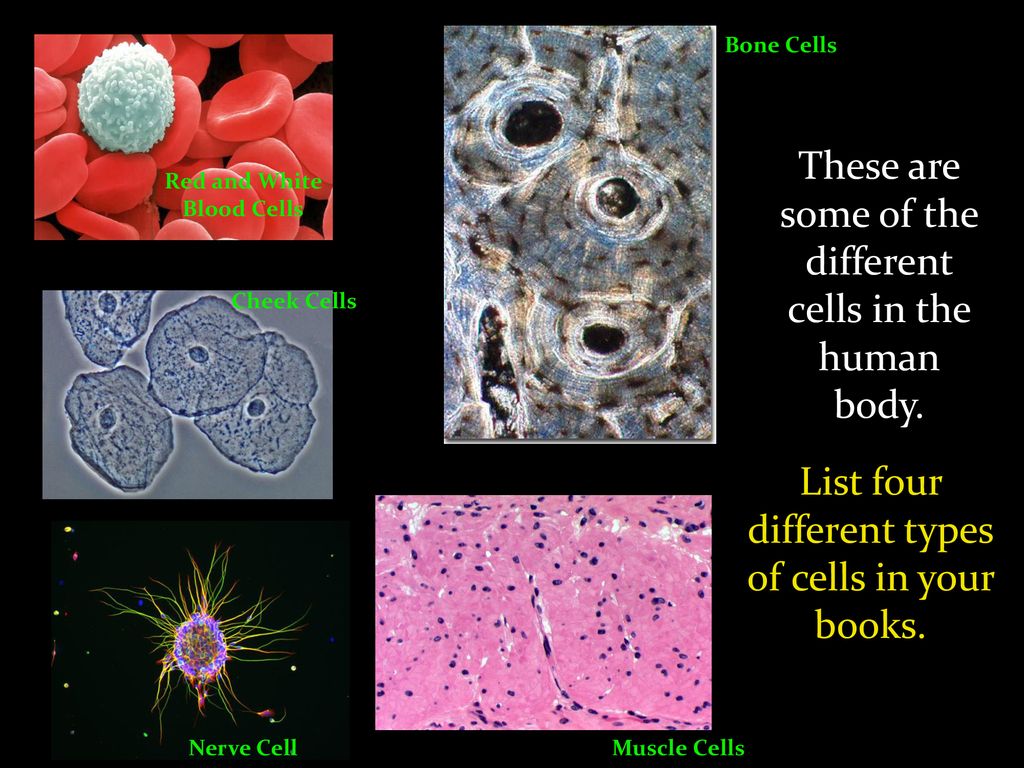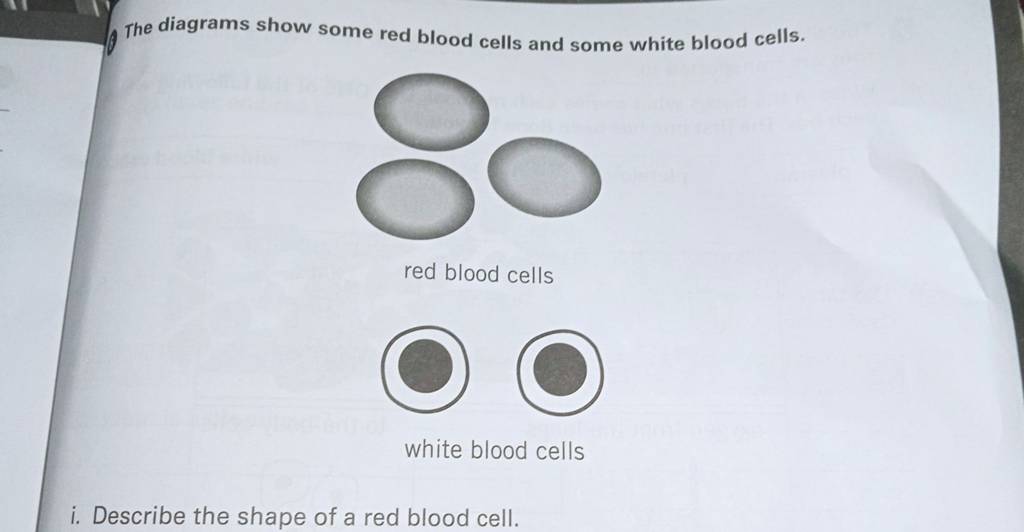Red and white blood cells illustration Stock Photo Biology Diagrams Blood is a connective tissue whose matrix is fluid. It is composed of: red corpuscles, white cells, platelets, and blood plasma. It is transported throughout the body within blood vessels, which is the subject of Section 8 of this atlas. Red Blood Cells. Red blood cells are also known as erythrocytes or red blood corpuscles.

Red cell senescence is the result of a conformational change in a membrane protein, band 3, leading to the appearance of a senescence-specific antigen recognized by autologous immunoglobulin (Ig) G, marking the cells for removal by macrophages. 1 In addition, aged red cells are also more susceptible to oxidant stress and therefore to eryptosis.

Blood Composition and Formation: An In Biology Diagrams
The components of blood are produced mainly in the bone marrow, where special cells produce red cells, white cells, and platelets. So-called "blood cancers" such as leukemia are actually cancers of the bone marrow. As cancerous tissue replaces healthy bone marrow tissue, healthy red blood cells, white blood cells, and platelets cannot be made. Every day, a healthy human produces circa 200 billion of these important cells. The white blood cell (WBC) comes in a variety of forms. These are primarily produced in the red bone marrow and differentiate at different stages and in different tissues such as the lymphatic organs. The main white blood cell types are: This overview will delve into the components of blood, including plasma, red blood cells, white blood cells, and platelets, along with the process of hematopoiesis. Plasma Components. Plasma, the liquid matrix of blood, serves as a transport medium for various substances, playing a role in maintaining physiological balance.

There are more red blood cells in your body than white blood cells. How are white blood cells formed? White blood cell formation occurs in the soft tissue inside of your bones (bone marrow). Two types of white blood cells (lymphocytes) grow in the thymus gland and lymph nodes and spleen .

Open Educational Resources Biology Diagrams
The erythrocyte, commonly known as a red blood cell (or RBC), is by far the most common formed element: A single drop of blood contains millions of erythrocytes and only thousands of leukocytes (Figure 18.3.1).Specifically, males have about 5.4 million erythrocytes per microliter (µL) of blood, and females have approximately 4.8 million per µL.In fact, erythrocytes are estimated to make up

